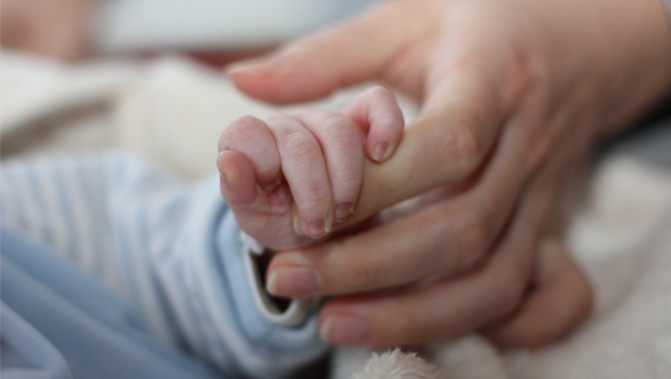
UPDATED 4.27PM: Claims that nanoparticles in some infant formula products are potentially dangerous have been quashed by New Zealand's food safety regulator and slammed as "irresponsible" by a leading Kiwi nanotechnologist.
Environmental group Friends of the Earth commissioned independent testing of seven samples of popular infant formula products in Australia which found that three contained nano-hydroxyapatite particles, which the group claimed could be harmful to babies.
The Herald has decided not to name these products.
In response to the report, Food Safety Australia and New Zealand (FSANZ) reaffirmed there was no new evidence to suggest the products posed a risk to infant health and safety, a conclusion backed by experts from its Scientific Nanotechnology Advisory Group.
Hydroxyapatite was soluble in acidic environments such as the stomach, so small amounts in food were likely to dissolve to release calcium and phosphate.
These were essential minerals that were required to be in infant formula products.
Calcite had low solubility in the gastrointestinal tract regardless of whether it is in nanoscale form or in larger particles, and the small fraction that was absorbed is likely to be in the form of calcium.
"Nanoscale materials are not new," FSANZ said in a statement.
"Food is naturally composed of nanoscale sugars, amino acids, peptides and proteins, many of which form organised, functional nanostructures.
"For example, proteins are in the nanoscale size range and milk contains an emulsion of nanoscale fat droplets."
Humans, including infants, had consumed these particles in foods throughout evolution without evidence of adverse health effects related to the materials' nanoscale size.
All infant formula products sold in Australia and New Zealand must meet stringent requirements set out in the infant formula standard in the Food Standards Code.
"Nano-size particles may not be the result of intentional addition (e.g. as an additive), some are naturally occurring and others may be produced during processing.
"The presence of something, whether on the nanoscale or not, in a food that does not have a permission in the code does not mean a food is unsafe."
Prominent University of Auckland nanotechnologist Dr Michelle Dickinson also pointed out how many nanoparticles occurred naturally - "if you burn your toast you put nanoparticles in there" - and many existed within food in there.
In response to statements by Friends of the Earth that nano-hydroxyapatite had been found to cause cell death in the liver and kidneys of rats, Dickinson said it was wrong to make a comparison with infant formula.
In the rat experiments, particles had been injected directly into the bloodstream of the animals, while in humans, they would be safely dissolved by acids and be absorbed as calcium instead, as FSANZ noted.
"So I think what Friends of the Earth see as being scientific evidence isn't relatable to what we are looking at," she said.
"I wouldn't be worried about it if I was a parent."
Take your Radio, Podcasts and Music with you









